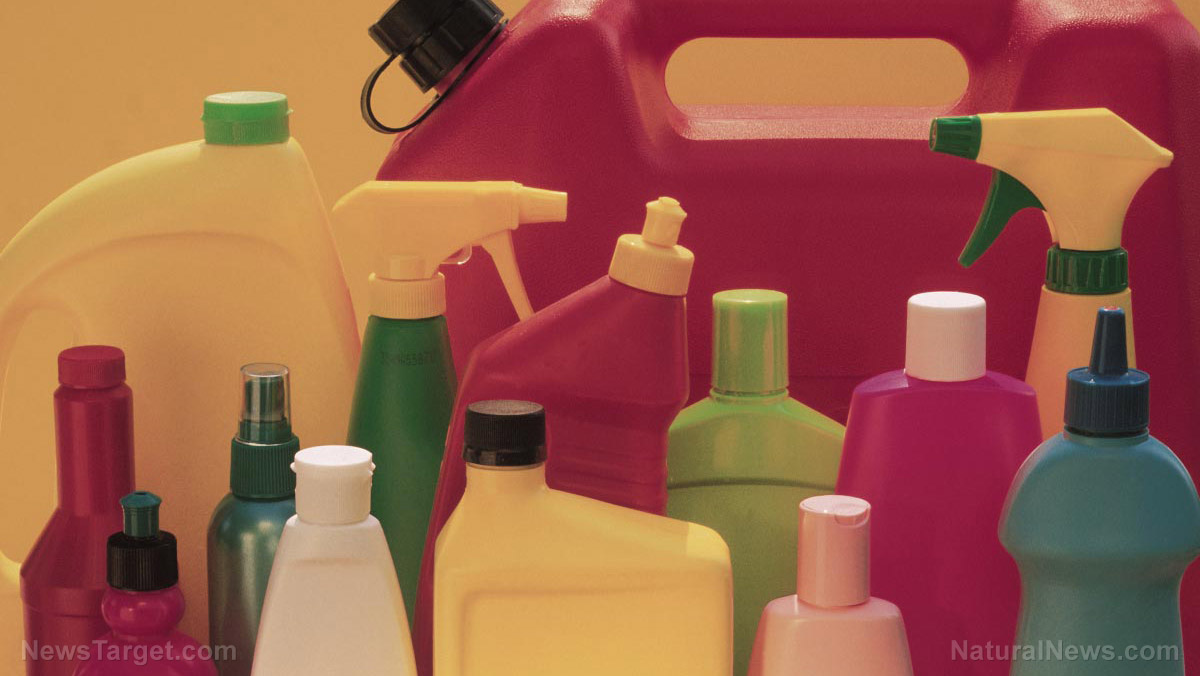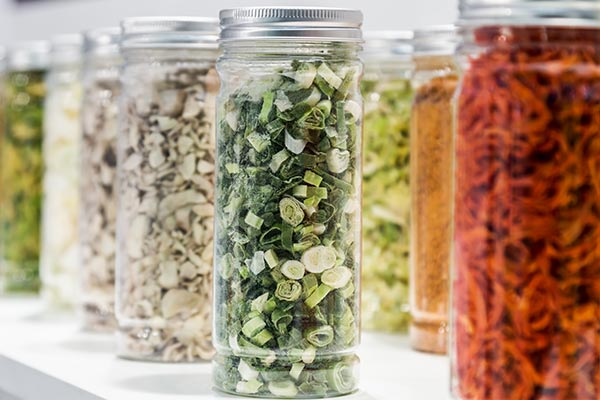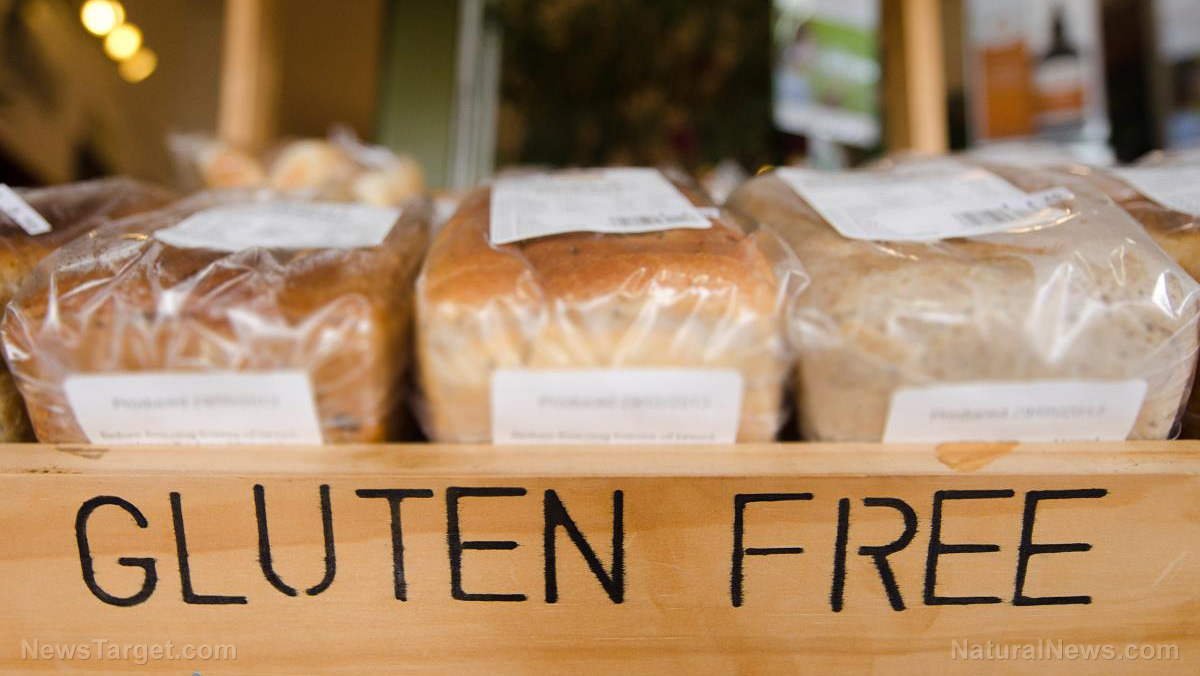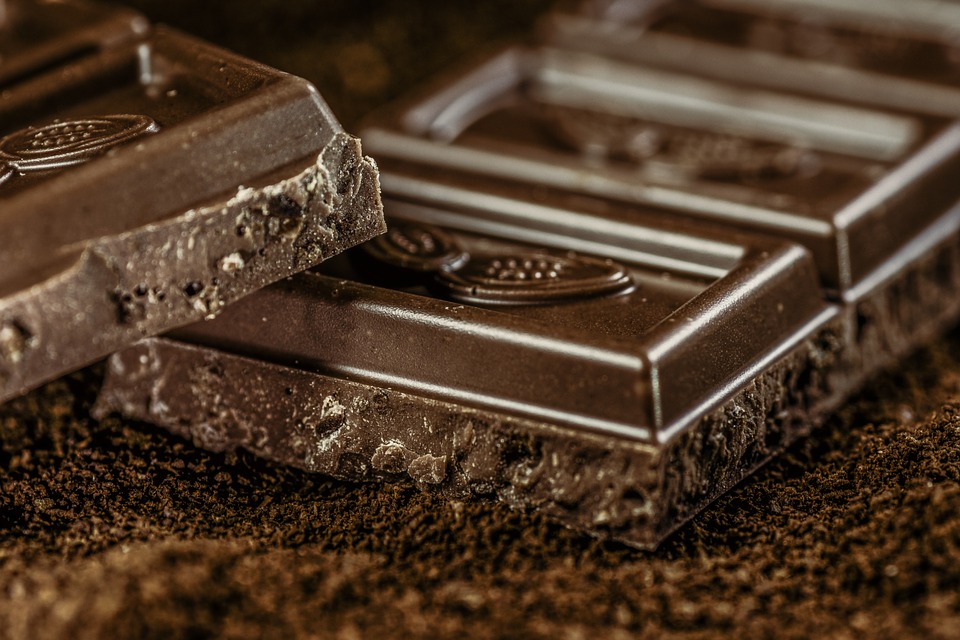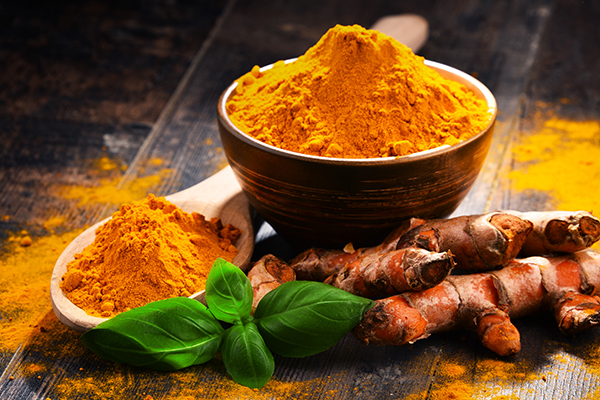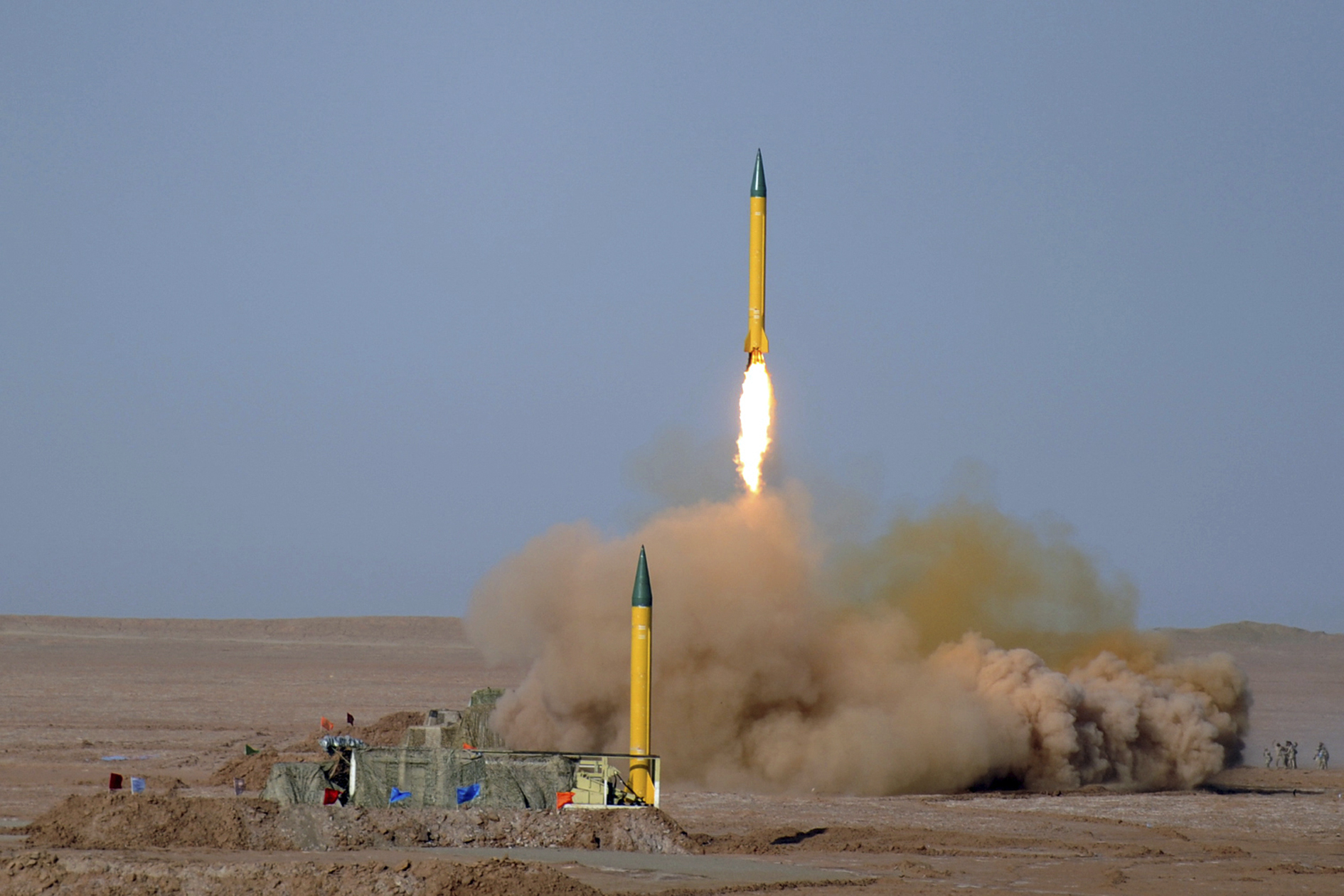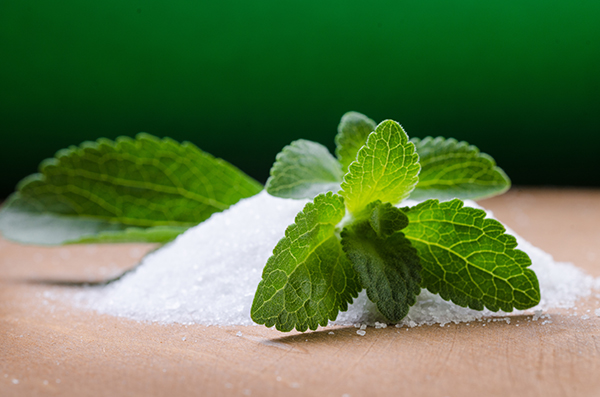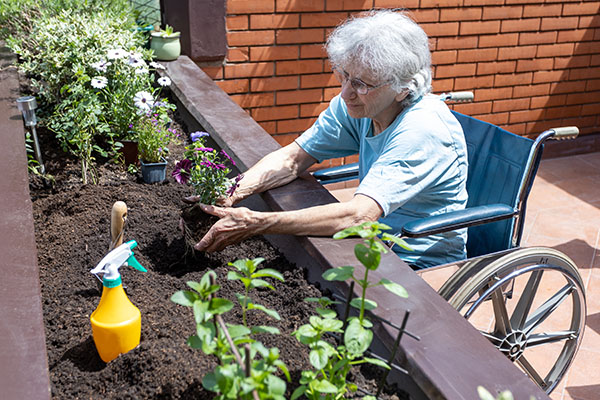UK Daily Mail tells readers to get ready for a nuclear war
Human knowledge is under attack! Governments and powerful corporations are using censorship to wipe out humanity's knowledge base about nutrition, herbs, self-reliance, natural immunity, food production, preparedness and much more. We are preserving human knowledge using AI technology while building the infrastructure of human freedom. Use our decentralized, blockchain-based, uncensorable free speech platform at Brighteon.io. Explore our free, downloadable generative AI tools at Brighteon.AI. Support our efforts to build the infrastructure of human freedom by shopping at HealthRangerStore.com, featuring lab-tested, certified organic, non-GMO foods and nutritional solutions.
10/30/2023 / By Cassie B.

As concerns grow that a world war could be just around the corner, the UK’s Daily Mail is warning readers to get ready for a nuclear war and providing instructions on surviving.
The fighting in the Middle East is looking increasingly likely to escalate, and with other countries potentially joining the fray, the publication has shared a guide to getting through nuclear fallout. There are currently more than 12,500 nuclear warheads throughout the world.
Dr. Abud Bakri shared a guide for surviving a nuclear war based on his analysis of data from the World Health Organization and the Federal Emergency Management Agency. He explained that there are three basic concepts when it comes to survival: the distance from the blast, appropriate shielding, and the length of time of radiation exposure.
Distance from blast zone
Not surprisingly, the distance you are situated from the impact zone will be a strong determinant of your survival, with nuclear bombs sending shockwaves that can go up to half a mile from their target. Thermal damage extends for roughly one mile, while flying debris may travel several miles. Finally, radiation can extend around three-fourths of a mile from the site of the explosion.
Radioactive fallout tends to take place in an elliptical pattern that follows the direction of the wind, with lethal radiation potentially extending six miles.
He identified certain hotspots that are likely to be attacked first. The most obvious targets in the U.S. are the locations of intercontinental ballistic missile silos in North Dakota, Wyoming, Montana, Colorado and Nebraska. These sites were intentionally set up in sparsely populated areas. However, every state has potential targets, including active nuclear plants. Some of the safest places, according to Bakri, are in parts of Maine, Oregon, northern California and Idaho.
Appropriate shielding
Bakri said that having more protection between yourself and the blast is important. Being underground or indoors, sheltering in buildings made of lead, and wearing additional layers of clothes can help. In fact, ordinary clothing can offer protection from alpha and beta radiation.
He added that people should remove contaminated clothes, wash themselves vigorously and avoid inhaling or consuming radioactive material immediately after a blast.
Time of exposure
Bakri noted that every second counts following a blast, with radiation being the deadliest immediately after a blast and rapidly degrading thereafter. Limiting exposure must be a priority, particularly in the immediate aftermath of a nuclear bomb.
He also said that people should stock up on high-calorie foods as food may be scarce during a nuclear fallout and consuming as many calories as possible will be necessary for survival. Canned meats, vegetables and fruits, along with protein bars, granola, dried fruit and peanut butter are all good choices.
He said that body fat is actually protective in this scenario, posting on X: “Might be wise to be adapted from now as the first few days will be BRUTAL. Might be wise to not be TOO LEAN (fit influencers with five percent [body fat] will not have enough calories to survive).”
He also recommended ensuring you have a hand-crank or battery-powered radio on hand for communication as the electromagnetic pulses from a nuclear blast could knock out all electronics.
DHS website offers nuclear safety advice
The U.S. Department of Homeland Security advises Americans on its Ready.gov website to build an emergency supply kit that includes changes of clothes and trash bags to contain contaminated clothing, along with sealed water, medicine and food. They also recommend developing a family emergency communication plan.
They point out that after a nuclear detonation, you will have around 10 minutes to seek shelter. A basement, underground parking garage or subway is a good choice, and it is best to stay there for the first 24 hours, if possible.
Sources for this article include:
Submit a correction >>
Tagged Under:
big government, chaos, Collapse, disaster, national security, nuclear, nuclear survival, nuclear war, nuclear weapons, panic, preparedness, prepper, prepping, radiation, SHTF, survival, tips, World War III
This article may contain statements that reflect the opinion of the author
Get independent news alerts on natural cures, food lab tests, cannabis medicine, science, robotics, drones, privacy and more from NewsTarget.com
Get independent news alerts on natural cures, food lab tests, cannabis medicine, science, robotics, drones, privacy and more from NewsTarget.com
RECENT NEWS & ARTICLES
COPYRIGHT © 2017 · SURVIVAL NEWS


